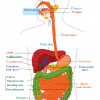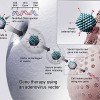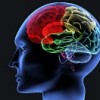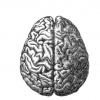A novel approach for curing Alzheimer´s disease
Alzheimer’s disease (AD) steals memories and disrupts lives of 5.4 million Americans (according to Alzheimer’s Foundation statistics) and 26.6 million people worldwide. Mo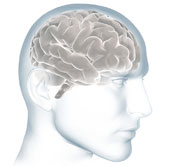 reover AD is predicted to affect 1 in 85 people globally by 2050! AD still cannot be cured and is degenerative, so the sufferer relies on others for assistance, placing a great burden on the caregiver, who are mostly spouses or close relatives.
reover AD is predicted to affect 1 in 85 people globally by 2050! AD still cannot be cured and is degenerative, so the sufferer relies on others for assistance, placing a great burden on the caregiver, who are mostly spouses or close relatives.
Now a new study conducted by a group Harvard, Boston University, The University of Alberta, The University of Arizona, and The Chopra Foundation ascribe AD memory loss to disruption of microtubules by zinc imbalance (March 23 issue of the journal PLoS One).
AD brains have two types of lesions: beta-amyloid plaques outside neurons, and neurofibrillary tangles within them. The known AD genes implicate plaques, but AD symptoms correlate more closely with tangles, comprised of “tau” protein, that are normally adhered to microtubules. So AD might be the result of the building up of beta-amyloid proteins, which convert into plaques within the brain. Excess beta-amyloid plaques induce tangles, disrupt microtubules (MTs), and cause memory loss, even with normal synaptic function. But how does it work?
The new twist is that Beta-amyloid plaques outside neurons themselves aren’t destructive directly, but lead to lower zinc levels within neurons. Zinc stabilizes many protein complexes, including MTs, polymers of tubulin. MTs regulate synapses, and play recently-revealed key roles in memory encoding in neurons.
In the present study, Craddock et al: 1) identified specific zinc binding sites to tubulin promoting side-to-side tubulin interactions which are crucial to MT polymer structure; 2) used kinetic analysis to show how extra-neuronal zinc sequestration reduces intra-neuronal zinc available to tubulin, leading to MT destabilization and tangles; and, 3) presented metallomic imaging mass spectrometry (MIMS) of AD model mice, revealing abnormal zinc distribution in critical brain regions (see featured image).
This view of AD can lead to new therapies based on stabilizing MTs. This can be achieved by normalizing intra-neuronal zinc levels, using zinc ionophore drugs such as PBT2, or promoting MT self-assembly and stability by other drugs and transcranial therapies, e.g. ultrasound at MT resonant frequencies in megahertz.
_____________________
Citation and further reading:
Craddock TJA, Tuszynski JA, Chopra D, Casey N, Goldstein LE, Hameroff SR, Tanzi RE (2012) The Zinc Dyshomeostasis Hypothesis of Alzheimer’s Disease. PLoS ONE 7(3): e33552. doi:10.1371/journal.pone.0033552
Brookmeyer R, Johnson E, Ziegler-Graham K, MH Arrighi. Forecasting the global burden of Alzheimer’s disease.
| Print article | This entry was posted by Christine Marizzi on June 24, 2012 at 9:38 am, and is filed under G2C Online. Follow any responses to this post through RSS 2.0. You can leave a response or trackback from your own site. |

